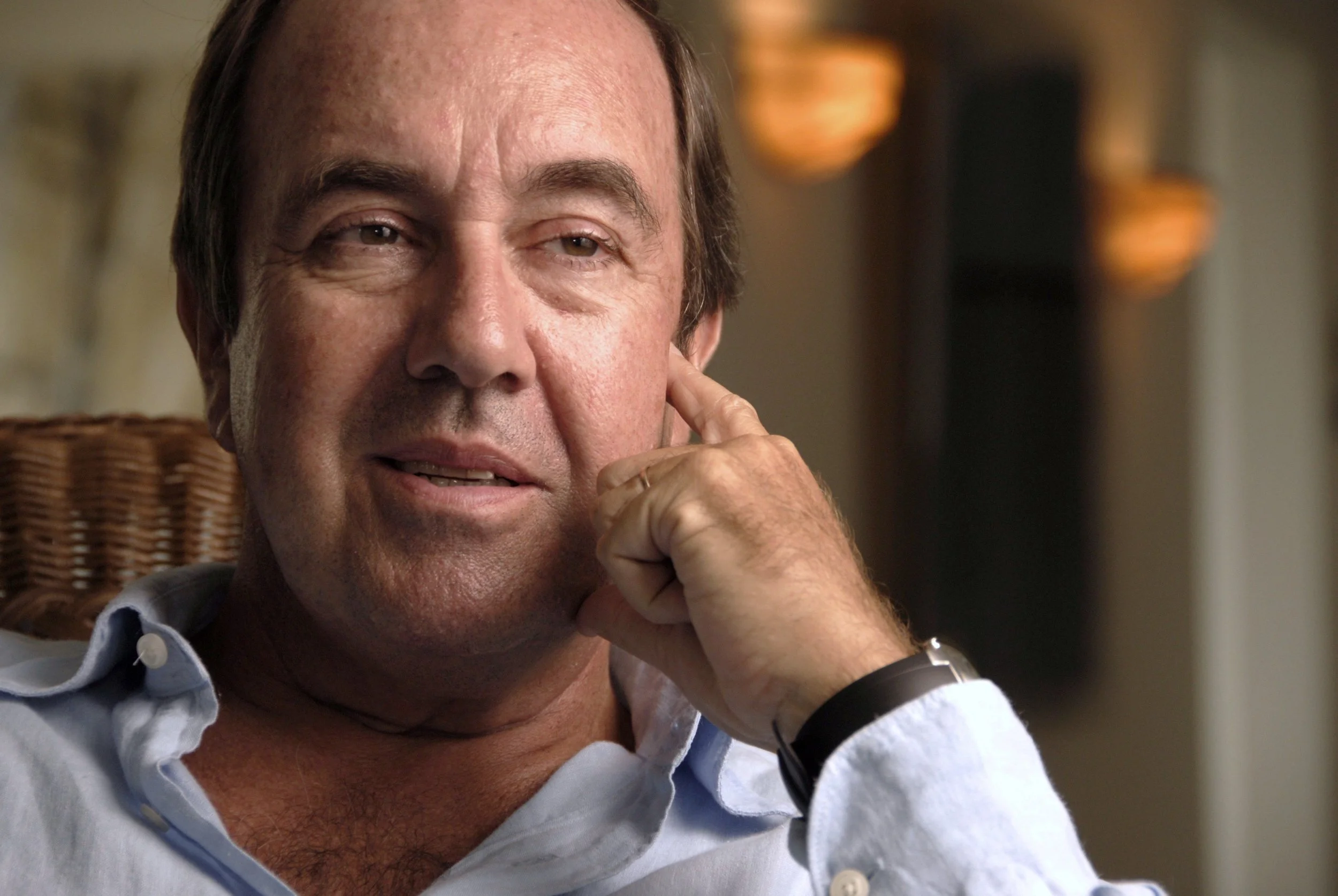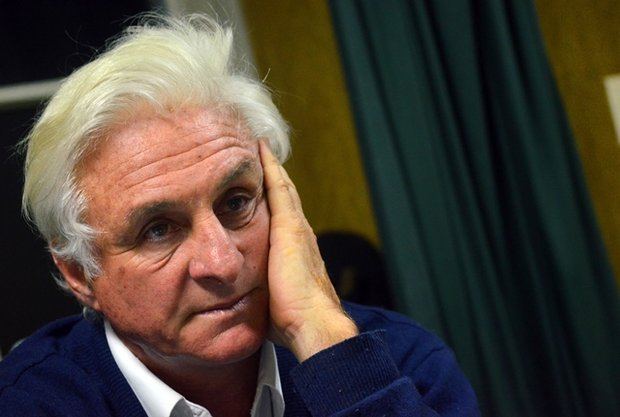One of the greatest feats of human survival is the epic story of the plane carrying a Uruguayan rugby team and their supporters that crashed in the high Andes mountains on the border of Argentina and Chile in 1972. Of the 45 people on the aircraft, 18 died in the initial impact or within the first week. Finding themselves in the extreme cold of 3,664 metres (12,020 ft), the survivors took refuge in the broken fuselage. Two weeks later an avalanche engulfed their fuselage shelter and killed eight more, leaving the rest trapped in the dark for three days until they dug themselves out. In the weeks that followed, three more died of their injuries and exposure to the elements.
Early on in this nightmarish ordeal, the survivors, listening to a small transistor radio, learned that the search and rescue mission for them had been called off. They were left for dead. No plants or animals live at that altitude, nor was there any running water. Just ice, snow, and jagged rock peaks for as far as the eye could see. The group were surrounded by towering mountains that were too difficult to climb over, while the landscape below the fuselage shelter was too steep to descend — they were trapped.
Temperatures plummeted well below freezing at night. The average age of the survivors was 19. Most had not traveled in the outdoors previously, and some hadn’t even experienced snow. They had no survival training, no suitable clothing or footwear, no fuel to make a fire, no water, and almost no food. Each and every day was a brink-of-death experience. However, dozens of small and large solutions they devised day-to-day prevented many of them from perishing. Much of this now legendary story has focused on the fact that they ate the flesh of those who had died in order to stay alive for 72 days, but there are several other aspects of this calamity that I find more fascinating and worthy of attention. Chief among these is how two of the survivors trekked for ten harrowing days through the merciless high Andes to find help. Taken on its own, this daring mountain trek is one of the greatest mountaineering and survival achievements of all time. However, it is often downplayed in books, articles, and films about the Andes plane disaster.
Nando Parrado (left) and Roberto Canessa in Uruguay six months after their rescue.
When the survivors first learned that all search and rescue efforts had been abandoned, one of them, Nando Parrado, immediately knew he’d have to take responsibility for his own survival by trekking out of the mountain trap. After some cajoling, he convinced Roberto Canessa to join him. They waited almost two months for the coming summer weather to increase their chances of success. A third survivor joined Nando and Roberto but he was sent back to the fuselage after three days when it became evident that the journey out of the mountains would take longer than planned. His food rations went to Nando and Roberto.
Photo by Jonathan Lewis
The first challenge of the escape expedition was climbing up a long steep slope from the fuselage to the mountain pass above in order to see where they were and decide upon a direction and route to trek towards. It was a brutal three-day slog in oxygen-deprived air up a 40 degree-angle headwall of ice and snow from the fuselage at 3,664 metres (12,020 ft) to the mountain pass at 4,503 metres (14,774 ft). What they saw from that vantage point was a sea of mountain spires in all directions. There was no obvious escape route. How disheartening! But instead of giving up right then and there, Nando and Roberto decided to travel towards what seemed like a possible valley in the far distant west.
They had no ropes, boots, ice axes, crampons, tents, maps, or compass. The temperature dropped to more than 20 degrees below freezing after sunset. Their makeshift sleeping bag had been sewn by other survivors using insulation salvaged from the plane wreckage. It barely worked and the two suffered hypothermia on several terrifying nights when death seemed to be tapping them on the shoulder.
Over the next seven days, Nando and Roberto descended 1,425 metres (4,676 ft) and trekked 54 kilometres (33.5 miles) down perilous avalanche chutes, over crevasse-laden glaciers, across raging streams, down treacherously steep rock slopes, and later through thick underbrush. There were many instances on their journey when they could have died. By avalanche, by falling, by hypothermia, or by exhaustion. Eventually they descended into a remote fertile valley and encountered three horsemen — ten days after they'd first set out from the fuselage. Against almost impossible odds, they had made it. They had completed a miracle trek. The horsemen alerted the authorities and took Nando and Roberto into their care.
The survivors at the crash site as seen by the approaching rescue helicopters.
The next day, two Chilean army helicopters (with Nando aboard one to guide them) made it to the crash site. The 14 survivors at the fuselage were rescued — their lives saved because of the dangerous and unprecedented trek Nando and Roberto had taken. All of the survivors were diagnosed with serious medical conditions, including altitude sickness, dehydration, frostbite, broken bones, scurvy, and malnutrition. They were as thin as waifs. Nando had lost 90 lbs and the rest were no better off. But they were alive. They had what’s most important: a second chance at life.
When Nando was guiding the rescuers on the army helicopters, something notable happened. As they flew deeper and higher into the cordillera, the pilots questioned if Nando was correct with his directions. They did not believe that he and Roberto could have trekked through such a treacherous landscape.
More than three decades later, in 2005, an elite mountaineer, Ricardo Peña, led a three-member National Geographic sponsored expedition to retrace the journey Nando and Roberto had taken (all of the distances and elevation points cited here were documented by Peña’s expedition). They were all experienced mountaineers and had the gear, food, and safety supplies of a modern mountaineering expedition. Plus they were healthy. Nando and Roberto were not healthy during their expedition, considering that they started out two months after the plane crash and their bodies had been ravaged by brutal conditions over that period. What’s more, Peña’s expedition had the peace of mind of knowing where they were and the certainty of their destination. Nando and Roberto had no such luxury. They had to live with the fear of trekking into the unknown. Still, Peña’s team found the journey very challenging. He has written about it here.
Roberto Canessa (left) and Nando Parrado upon reaching civilization.
I have had the privilege of corresponding with Nando Parrado a couple of times. I recently asked him about the harrowing trek he and Roberto had taken. It occurred to me that they should be considered two of the all-time greatest mountaineers for what they achieved on their courageous expedition to rescue themselves and their friends. Yet, after seeing several films and reading many articles and books about the Andes plane disaster, I have never noticed them referred to in this way. I asked Nando if any mountaineering organizations or mountaineering publications had recognized his and Roberto’s mountaineering feat. As I suspected, none have. I’m sure that Nando and Roberto are not seeking to be honoured as great mountaineers but they certainly deserve it.
In reading Nando Parrado's book, Miracle In The Andes, I was intrigued to learn about his philosophical and spiritual insights during the ordeal, what he has achieved in the decades since, and his overall perspective on what’s meaningful in life. I may write more on those aspects at another time. Roberto Canessa has also had an extraordinary life since the events of 1972. He became a master pediatric cardiologist who has helped save many children's lives. I recommend reading both Nando’s book and Roberto’s book.
I salute Nando Parrado and Roberto Canessa as two heroes who not only saved fourteen friends but who have also inspired thousands of people to live their lives more fully. And I shouldn’t forget to mention again, despite a lack of official recognition, they are also two of the greatest mountaineers ever.
-
Please donate now to help keep this website going.


